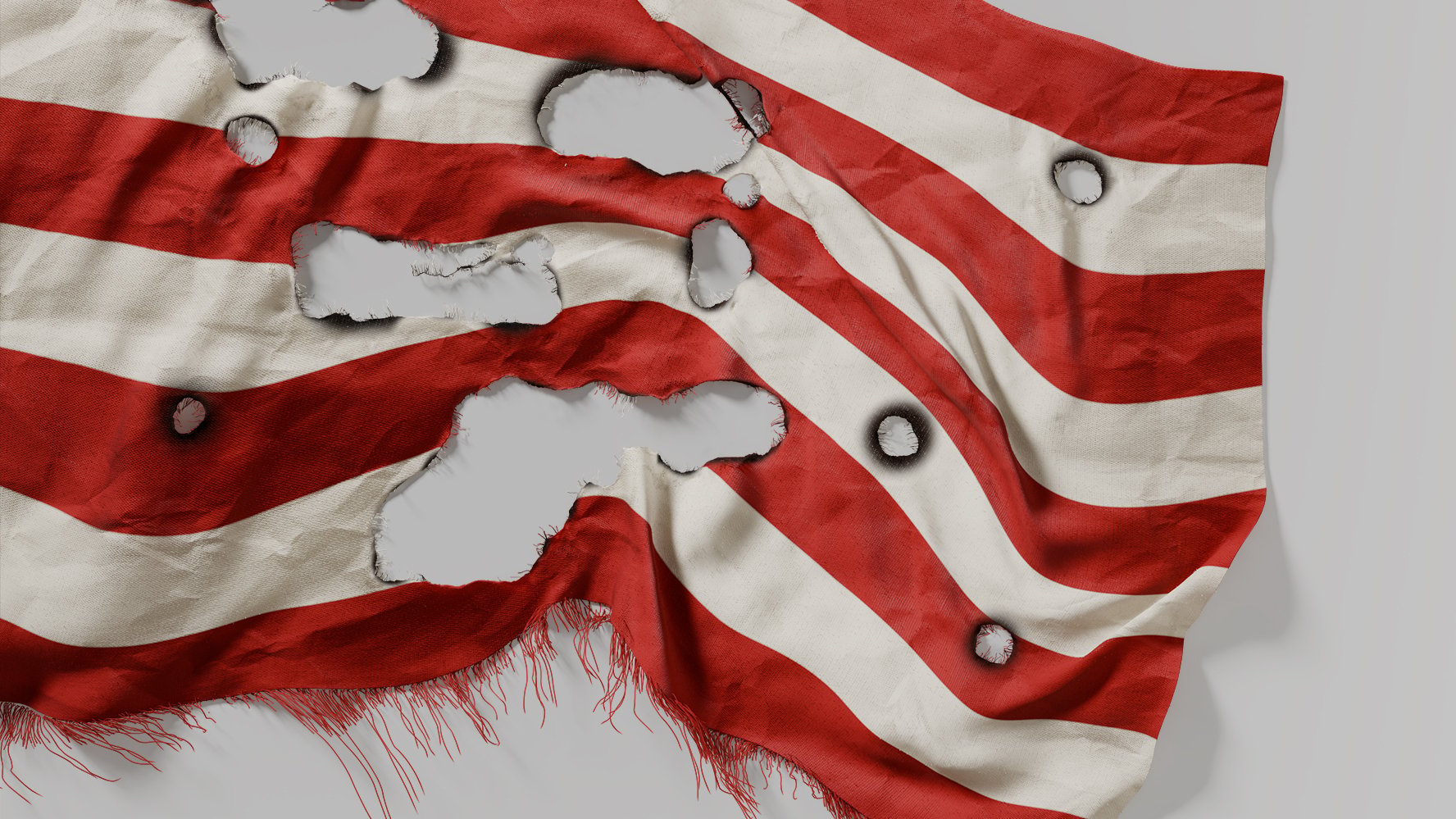Key insights
-
1
Background on Red Flag Laws
Red flag laws, also known as Extreme Risk Protection Orders (ERPOs), allow courts to temporarily remove firearms from individuals deemed to be a threat to themselves or others. These laws are designed to prevent potential violence by intervening before a crime occurs.
-
2
SAF's Argument
The SAF contends that red flag laws infringe upon the Second Amendment right to bear arms and the Fourteenth Amendment right to due process. They argue that these laws permit confiscation of firearms without sufficient legal protections for the accused.
-
3
Legal Precedents and Challenges
The lawsuit highlights previous court rulings and legal precedents that the SAF believes support their position. The foundation is leveraging these precedents to argue that red flag laws are unconstitutional and should be repealed or significantly amended.
-
4
Impact on Public Safety
Proponents of red flag laws argue that they are essential for public safety, providing a mechanism to prevent potential violence. Opponents, including the SAF, claim that these laws can be misused and infringe on individual rights without proper judicial oversight.
Takeaways
The Second Amendment Foundation's legal challenge against red flag laws raises significant constitutional questions about the balance between public safety and individual rights. The outcome of this lawsuit could have far-reaching implications for the future of firearm regulations in the United States.

